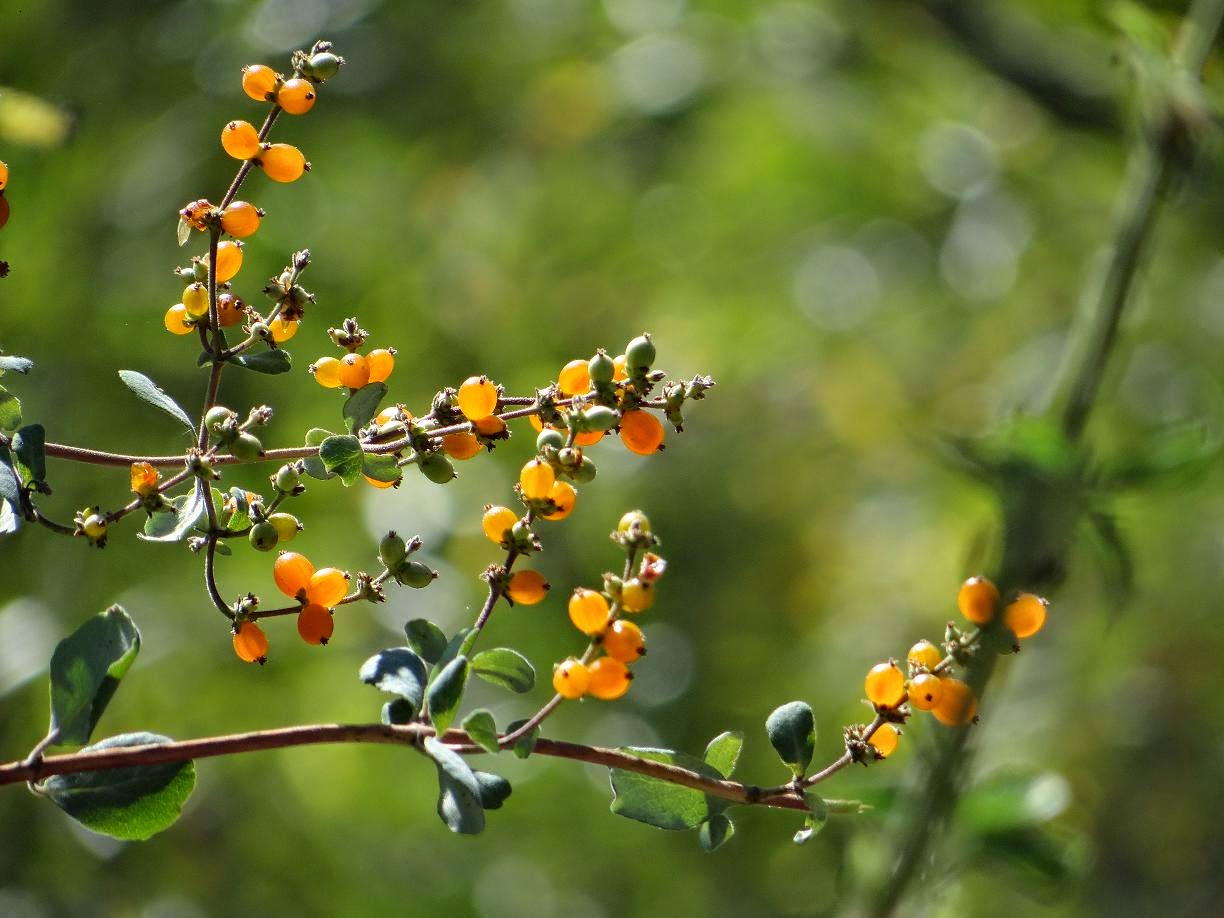Fall has officially arrived on the calendar and by the return of chilly nights, sleeping under comforters, drinking hot chocolate and chopping wood for the upcoming fires in the wood burning stoves that keep us warm.
This is the season of transition. The greens and browns of the pine, oak and cedar will remain but the reds, blues, oranges and yellows will disappear. With that thought in mind, I've been "capturing" splashes of color.
When the wind gusts, it's quite difficult for butterflies to flutter from flower to flower. I was able to "capture" this Swallowtail since it was clinging to the Goldenrod to avoid being carried away by the wind to an unknown destination.
The tiny Melissa Blue is easy to miss because of its size but once you catch a glimpse of it, you want it to land and spread its blue wings much longer than it does so you can appreciate its beauty.
On a local hike, I saw a large group of Painted Lady butterflies mixed with honeybees enjoying the remaining blooms of the Rabbitbrush.
The Southern Mountain California Fuchsia, a hummingbird favorite, is one of the few red wildflowers still in bloom.
In my search for splashes of color, I was reminded of an orchid that I photographed last year. When light and color come together, it can be spectacular and pretty special when you are present at just the right moment.











.JPG)

.JPG)









































